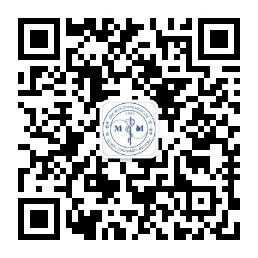目的比较磁敏感加权成像(susceptibility weighted imaging,SWI)与常规MRI序列在隐匿性脑挫裂伤的显示情况,探讨SWI对脑外伤的诊断价值。方法对73例有明确外伤史、CT表现不明显的挫裂伤病例先行CT平扫后再MRI常规扫描和SWI,常规扫描包括T1WI、T2WI、液体衰减反转恢复(FLAIR),比较常规扫描和SWI对脑挫裂伤病灶的显示率、数目、体积并分析其信号特征。结果 73例患者中,常规MRI序列中FLAIR发现灶最多(共465灶),T2WI序列次之(共342灶),T1WI序列最少(共286灶);SWI检出963灶。SWI图像上病灶显示的范围均较在常规序列上显示要大,主要表现为大小不一的斑点、小圆点、线条状及块状低信号,其显示病灶数量明显多于常规MRI序列。结论 SWI对隐匿性脑外伤病灶的显示优于常规MRI。
当前位置:首页 / 3.0T磁敏感加权成像在隐匿性脑挫裂伤中的应用
论著
|
更新时间:2015-05-22
|
3.0T磁敏感加权成像在隐匿性脑挫裂伤中的应用
Application of 3. 0T susceptibility weighted imaging in latent cerebral contusion and laceration
微创医学 201305期 页码:554-556+550
作者机构: 广西医科大学第三附属医院暨南宁市第二人民医院放射科
基金信息: 收稿日期: 2013-04-10
- 中文简介
- 英文简介
- 参考文献
Objective To explore the diagnostic value of susceptibility weighted imaging ( SWI) in latent cerebral contusion and laceration by comparing SWI and MRI images. Methods Clinical data of 73 patients with cerebral contusion and laceration and unclear CT scan who suffered from brain injury were retrospectively analyzed. All the patients were underwent CT,MRI ( including T1W1,T2W1,and FLAIR) , and SWI successively. The detection rate,number and volume of lesion,and their signals characteristics were compared between regular MRI and SWI. Results Of detections by regular MRI in all the 73 cases,FLAIR identified the most lesions( 465 lesions) ,while T2W1 ( 342 lesions) and T1W1 ( 286 lesions) followed in sequence. SWI image identified a larger lesion area than regular sequence,and mainly represented as various spots,dots,and stripped and blocky hypointense. More lesions were also shown in SWI than those in regular MRI. Conclusion SWI is superior to regular MRI in the detection of latent cerebral contusion and laceration.
- ref




 注册
注册 忘记密码
忘记密码 忘记用户名
忘记用户名 专家账号密码找回
专家账号密码找回 下载
下载 收藏
收藏
